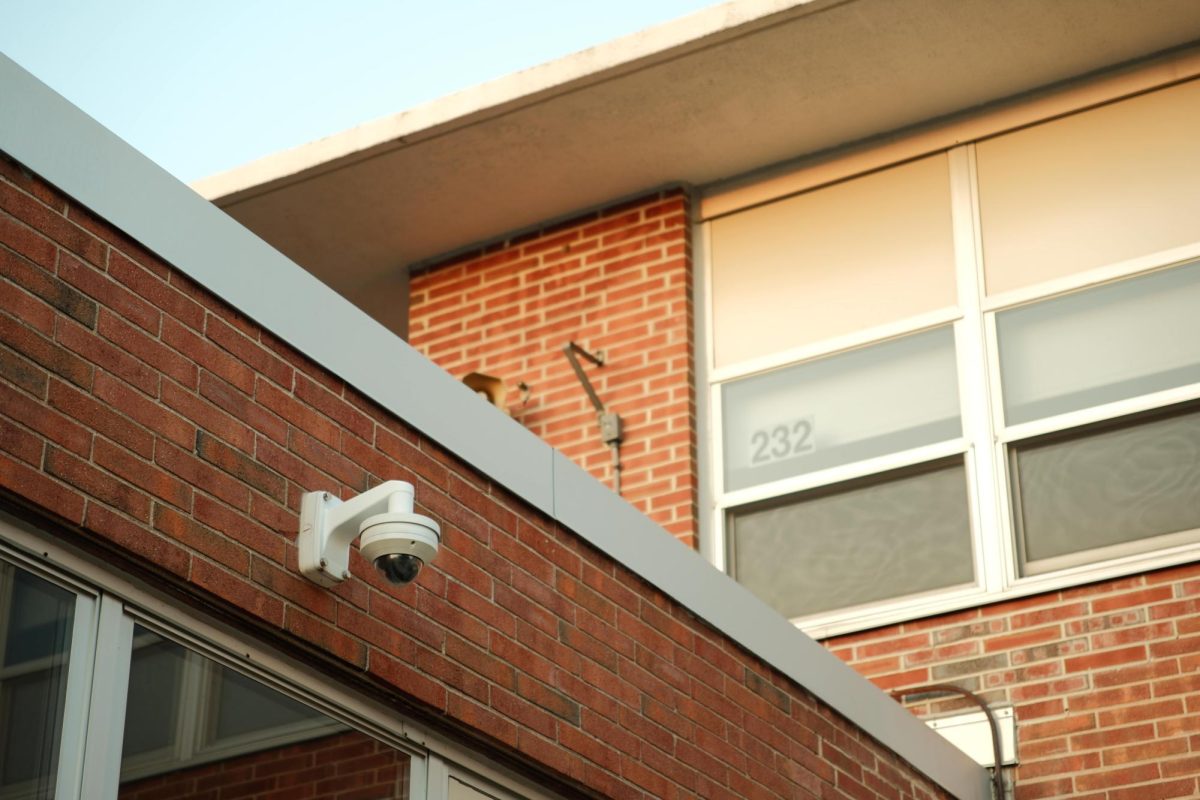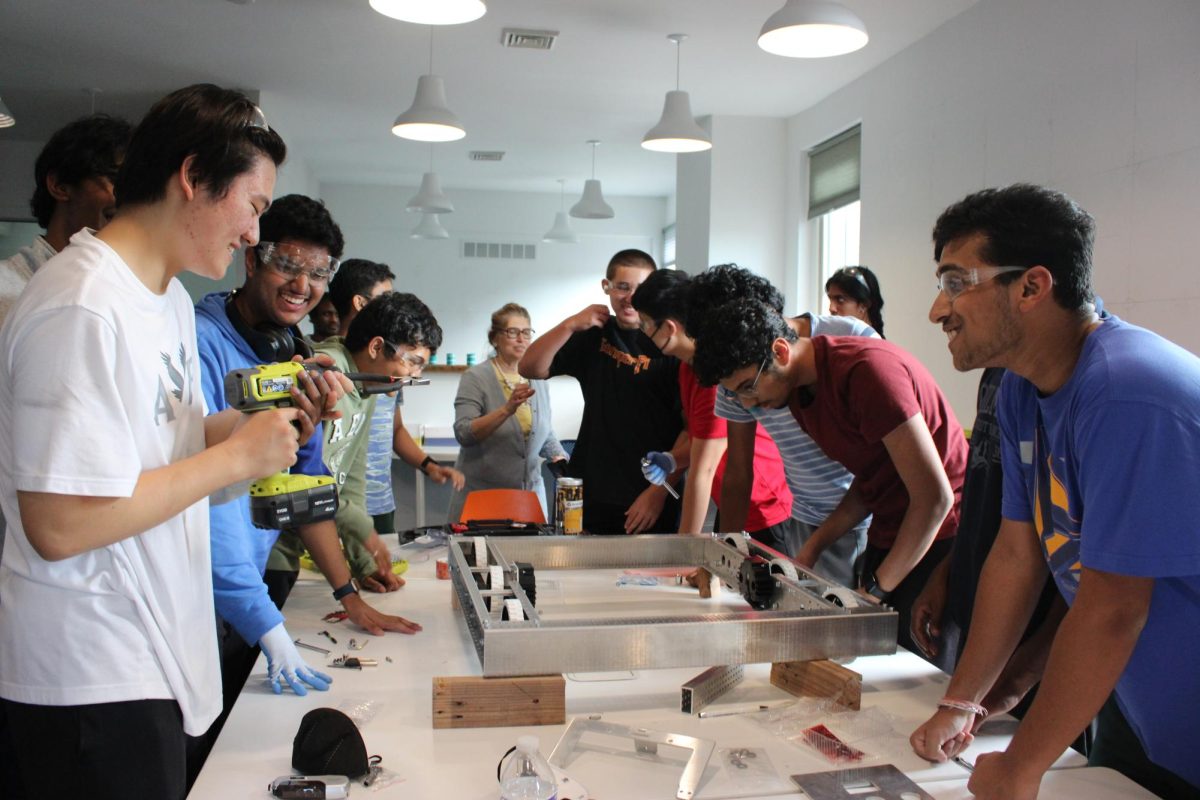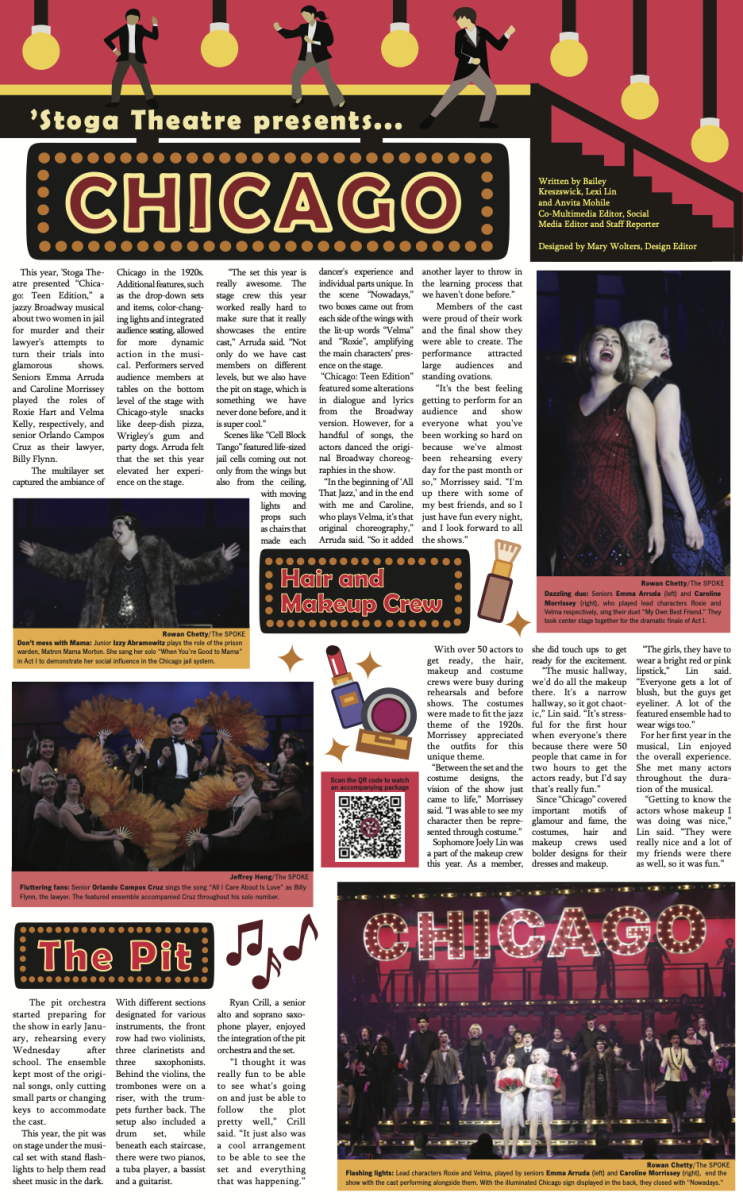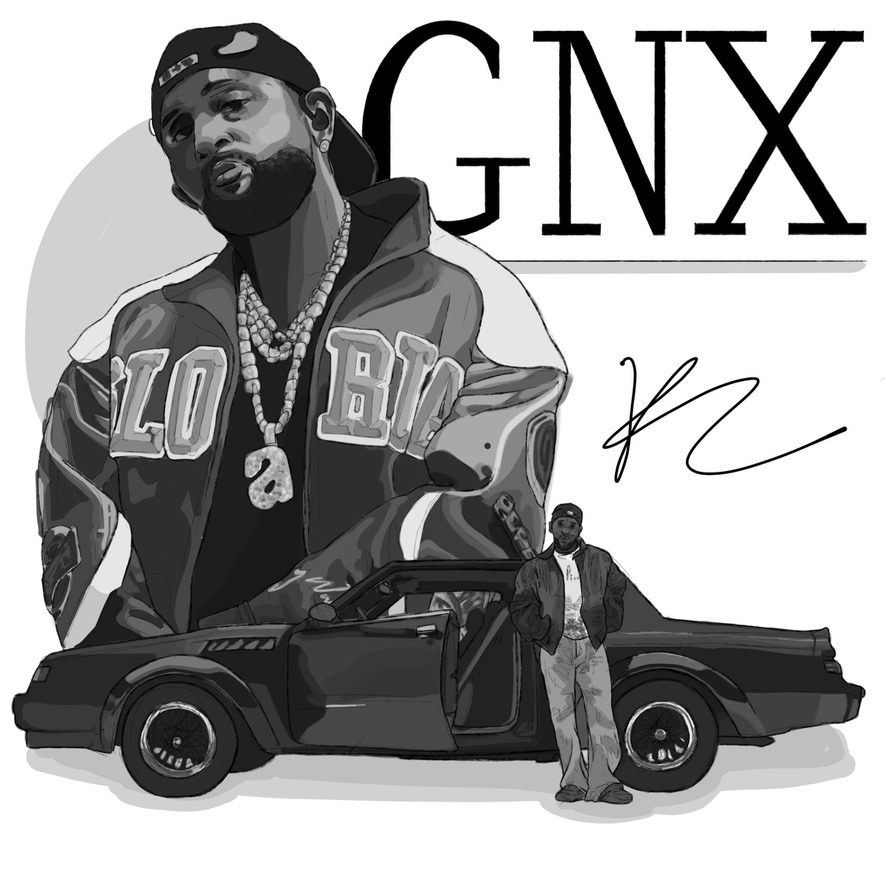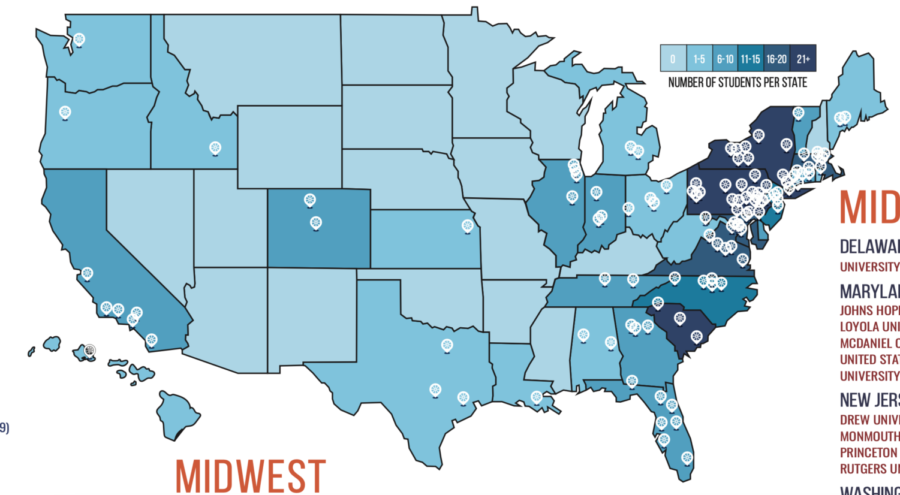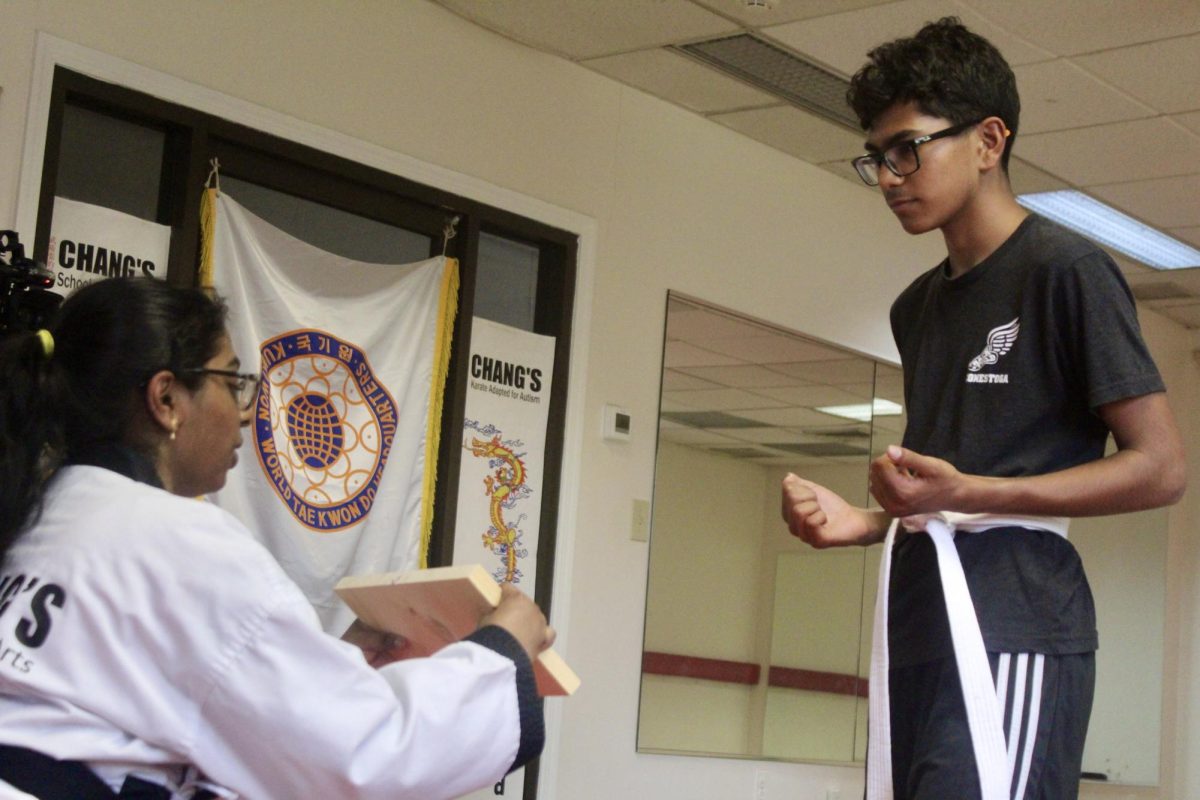By Milan Agarwala, Staff Reporter
Last month, a Tesla Cybertruck parked at the front entrance of Conestoga. Discreetly, students raised their phones to capture the controversial angular design while the truck sparked conversation. The Cybertruck’s appearance achieved Elon Musk’s intended spectacle, but Tesla’s latest offering unfortunately represents more harm than just polarizing aesthetics.
Tesla’s pattern of prioritizing shock value over safety begins with the Cybertruck’s design. Wired magazine reports that the Cybertruck’s sharp, stainless steel body has raised international pedestrian safety concerns. When combining this exterior with a curb weight of over 6,000 pounds and an acceleration of 0 to 60 mph in 2.6 seconds, Tesla manufactures a dangerous presence for both drivers and pedestrians.
Regardless, these statistics sustained Tesla fans during the Cybertruck’s deployment, which began with the vehicle’s unveiling in 2019. According to MotorTrend, Tesla promised a 500-mile maximum range, 14,000-pound towing capacity and 3,500-pound payload capacity at a manufacturer’s suggested retail price (MSRP) of $39,000. Instead, Cybertruck fans received an MSRP of $79,990 and with a 5% smaller exterior. This overpromising and underdelivering, compounded by a two-year release delay, resulted in disastrous sales: According to Business Insider, Tesla sold 39,000 Cybertrucks in the U.S. by the end of 2024 compared to two million paid reservations.
Many Cybertruck fans may claim that the Cybertruck’s “bulletproof” design with its stainless steel exoskeleton provides unprecedented safety. While they may be right about driver safety, Cybertruck consumers either consciously or subconsciously fail to consider pedestrians and others on the road. The Cybertruck is a consequence of a street-legal arms race where drivers seek out the biggest cars to feel safer, unintentionally fueling a cycle of larger and more individually safe cars that threaten outsiders’ safety.
The Cybertruck’s release signals a problematic shift among auto consumers, where spectacle and status overshadow safety and practicality. In the past, Tesla’s innovations gave us the industry-defining Model S and mass market-focused Model 3. However, the Cybertruck epitomizes Tesla’s prioritization of pageantry over progress. As electric vehicles become the mainstream, we must rethink our purchasing decisions so that car companies focus on substantive innovations instead of dangerous publicity stunts.
Milan Agarwala can be reached at [email protected].



